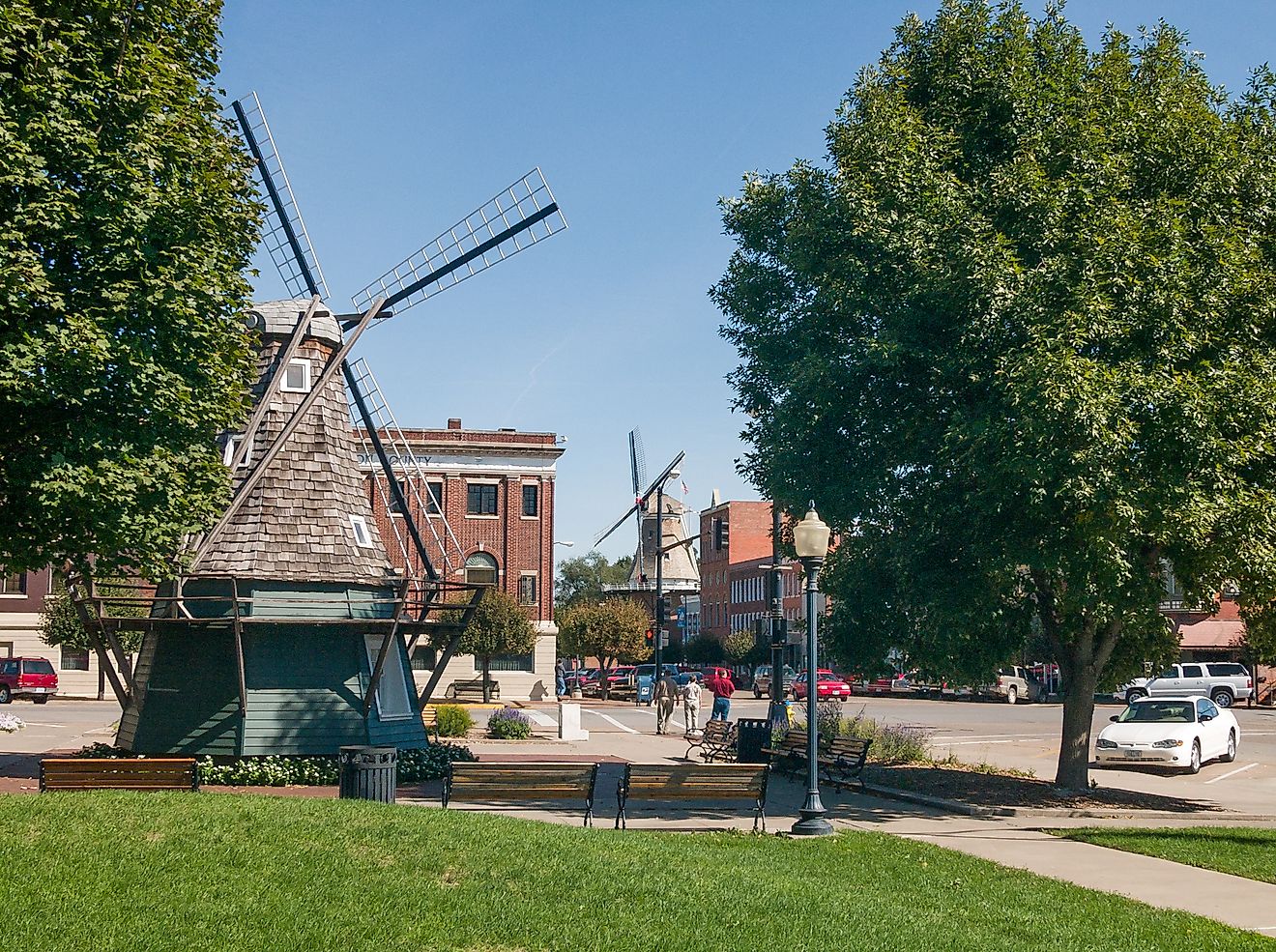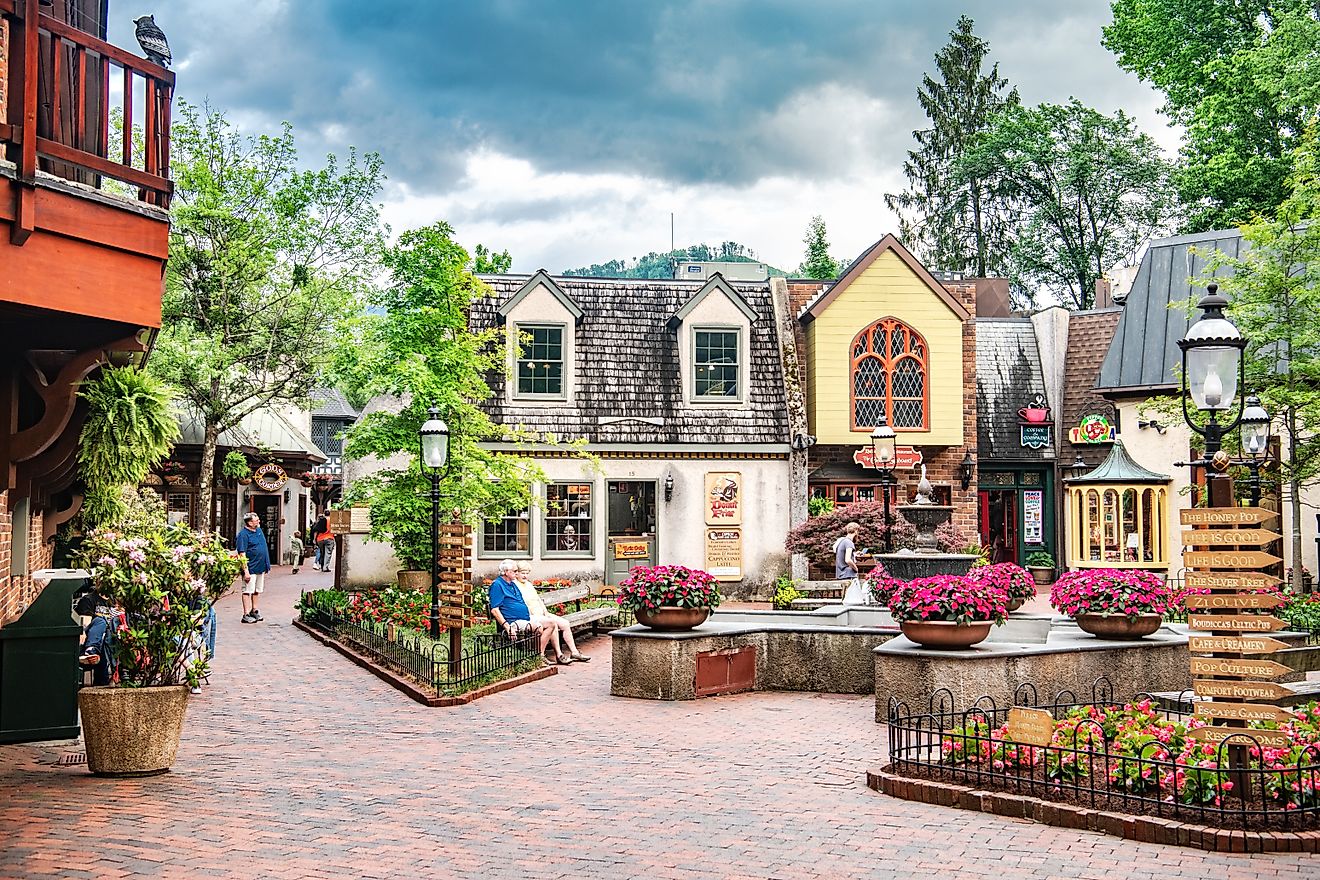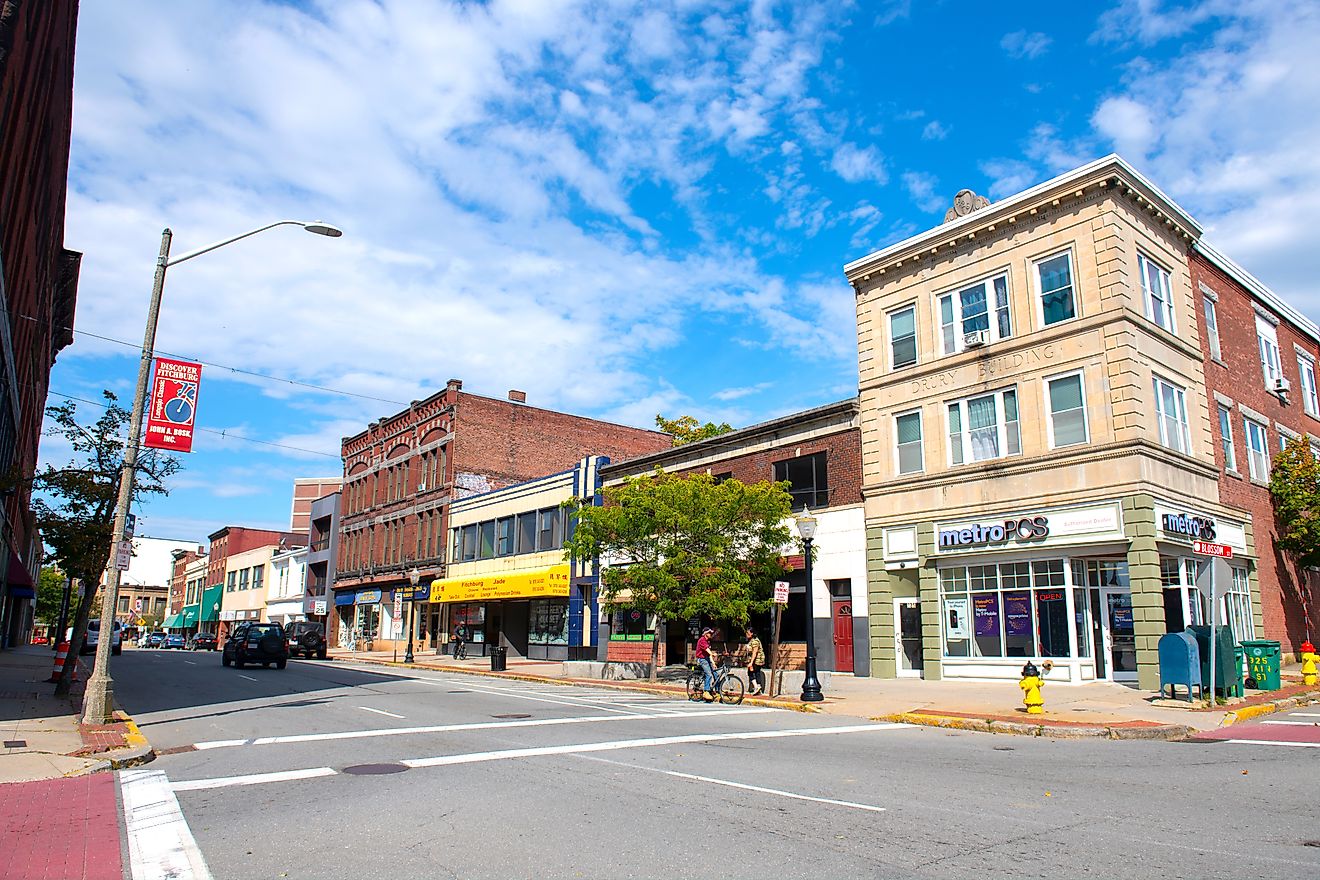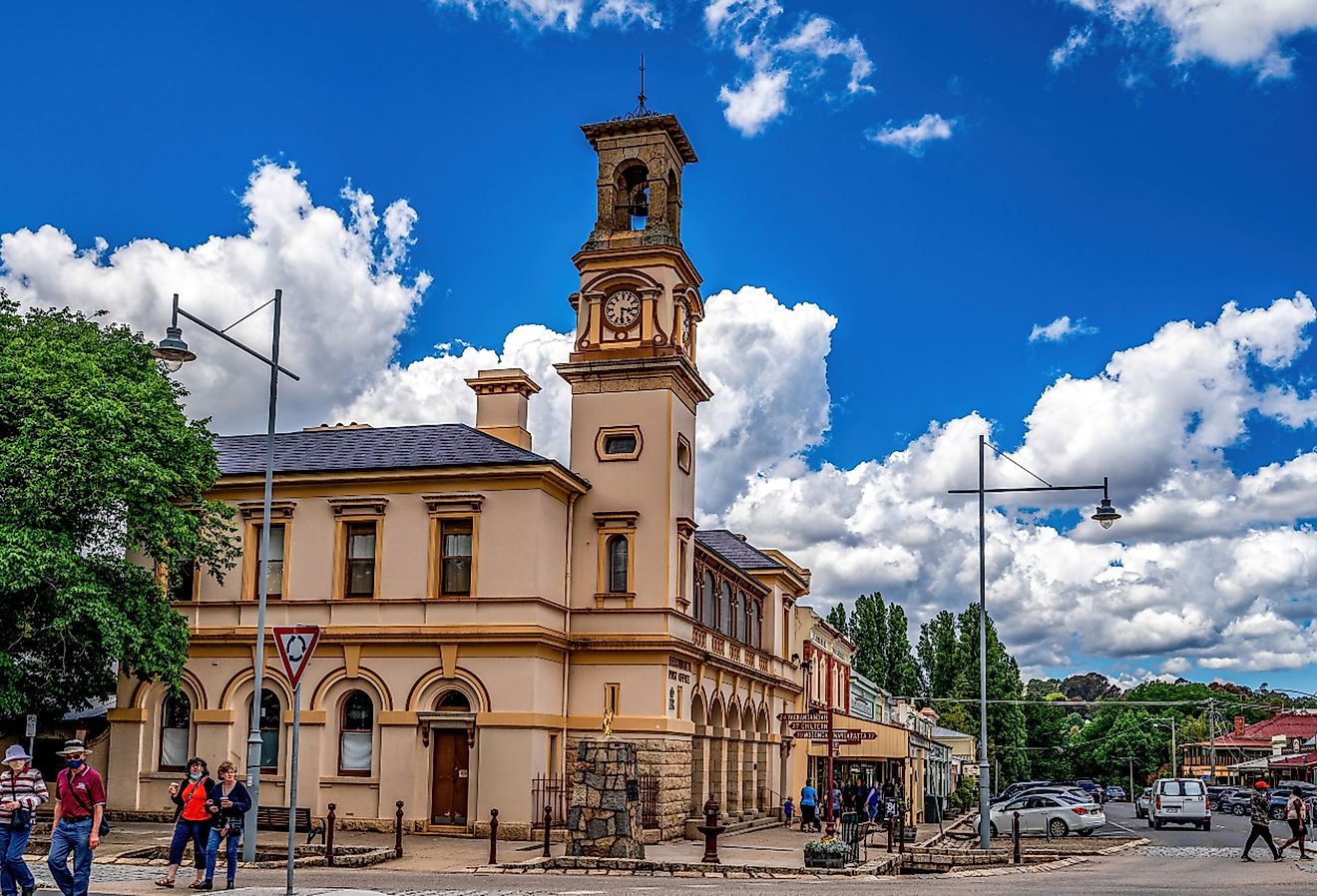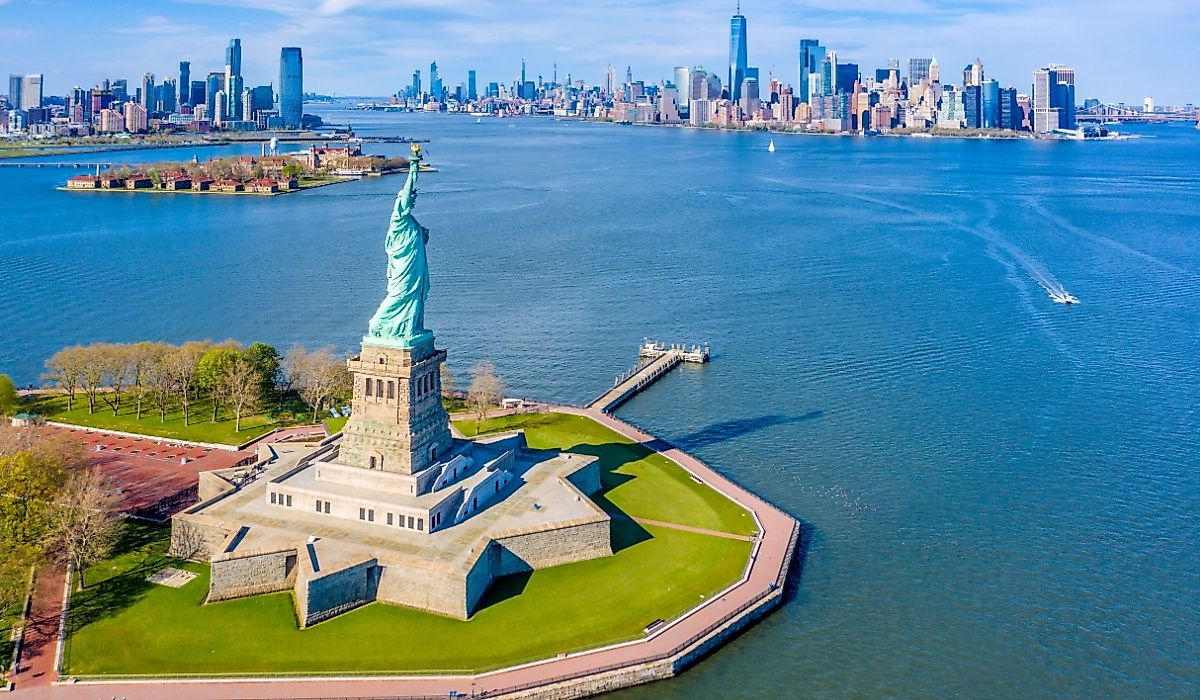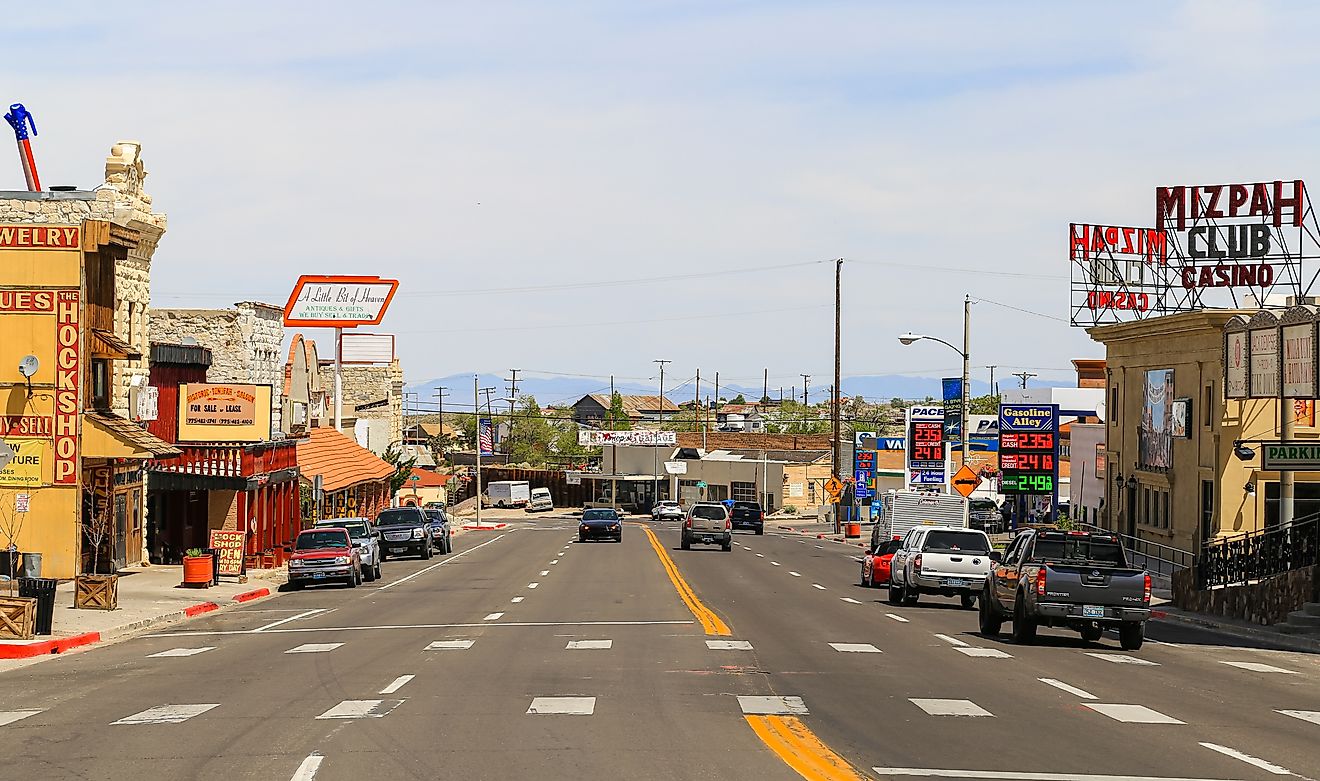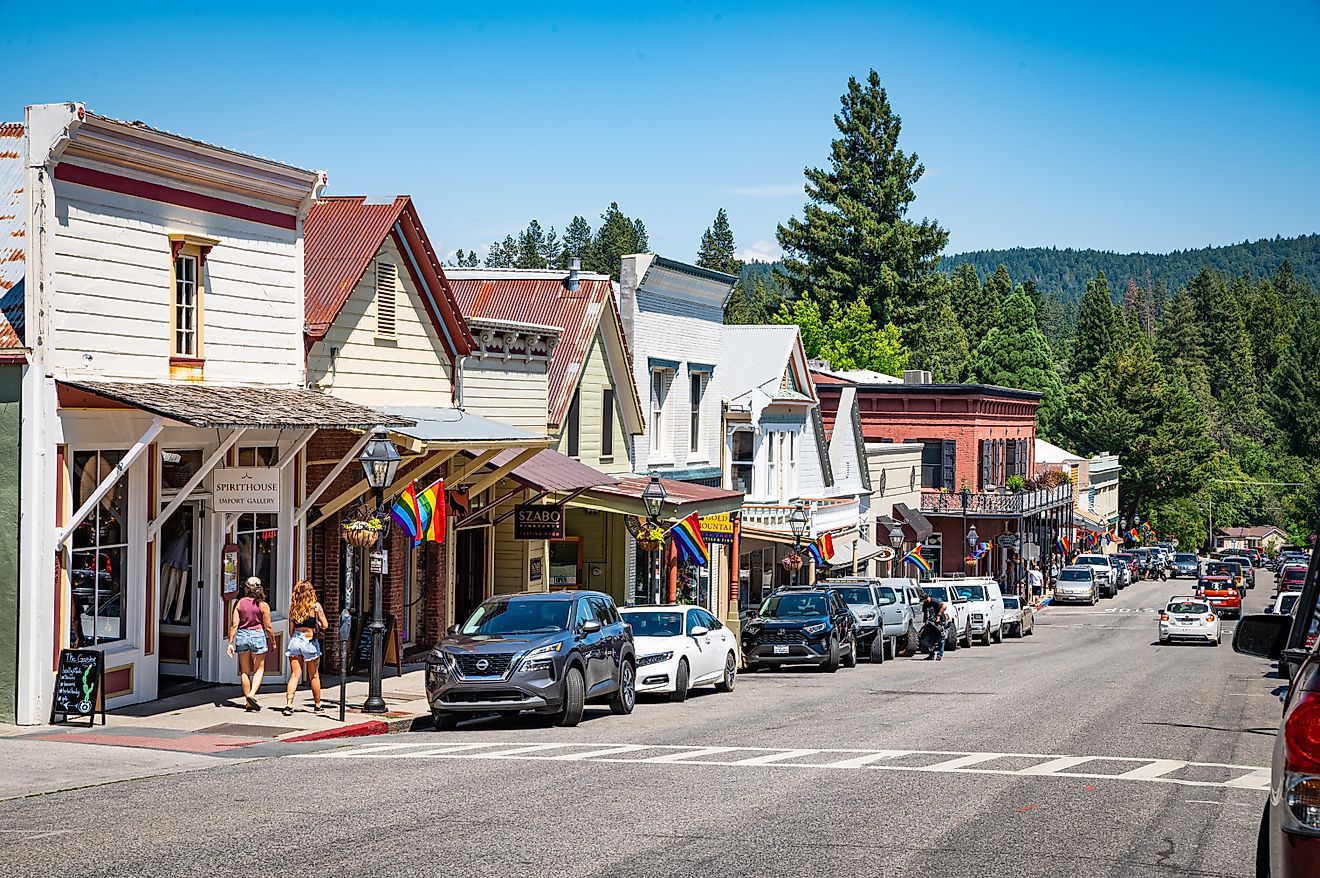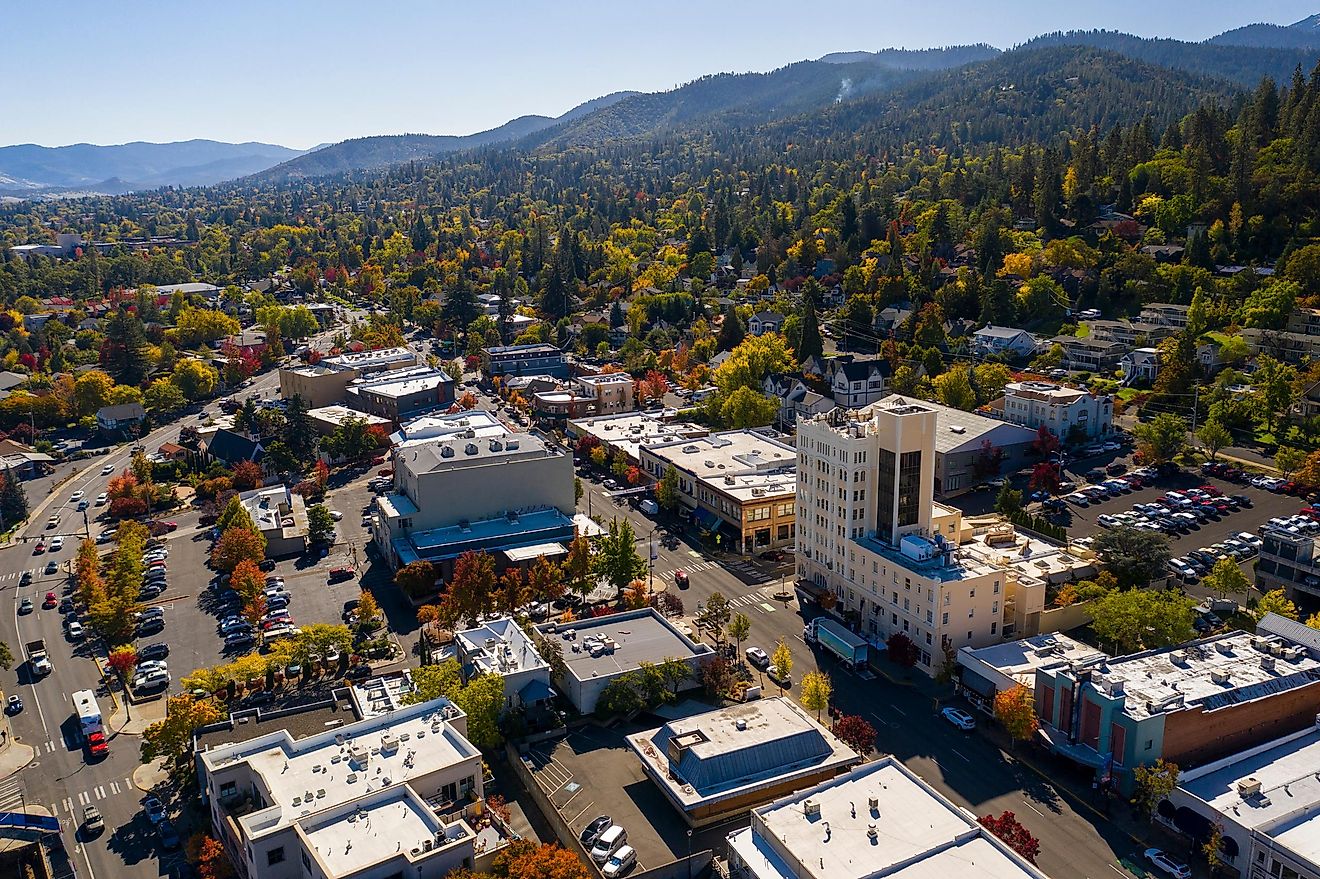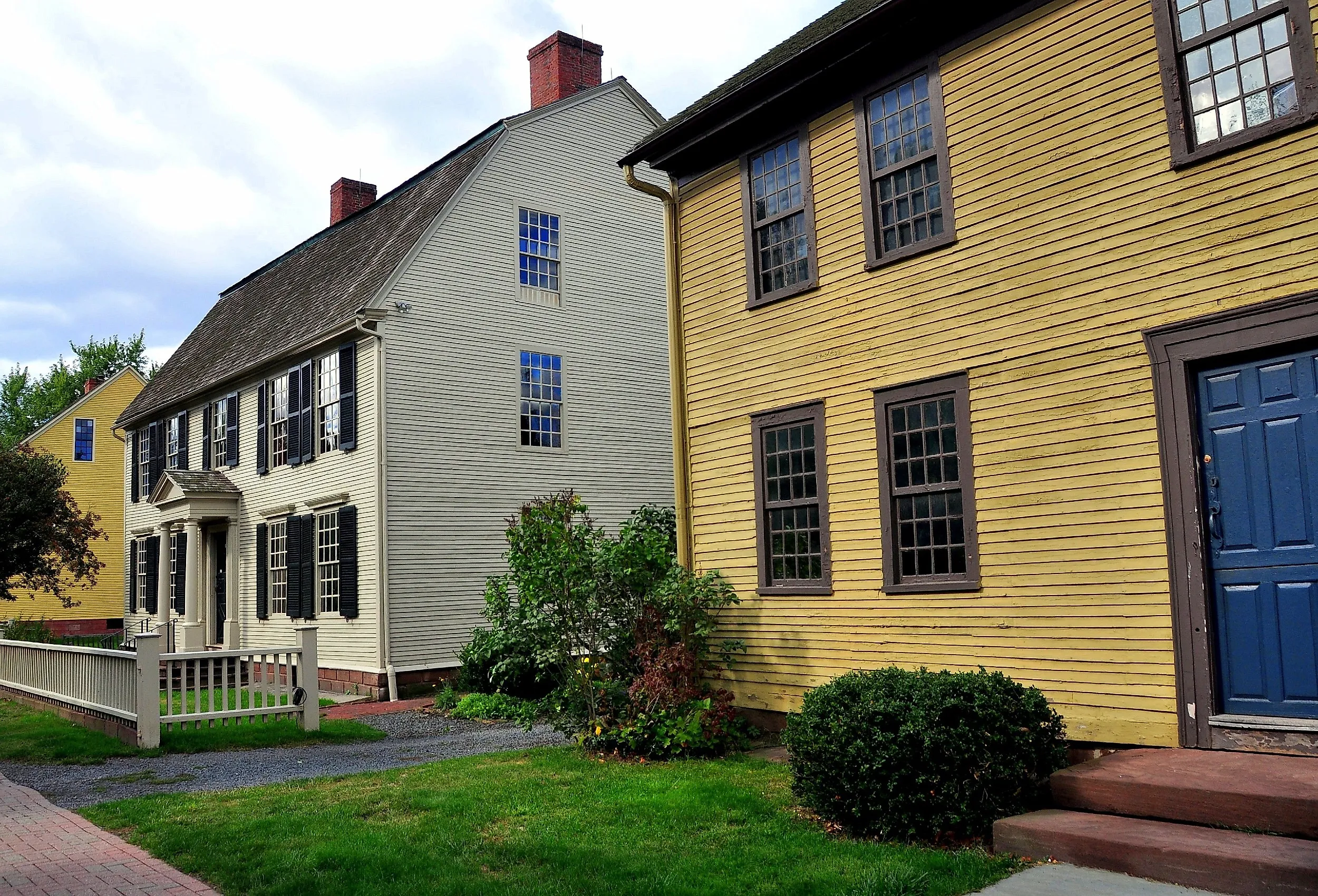
This Connecticut Town Is Older Than the State Itself
Situated along a notable bend in the Connecticut River, Wethersfield is the state's oldest English-settled town, settled as early as 1634, prior to the area's earliest formal colonies and the establishment of the state. Over 390 years of continuous occupation have established the town as a rich blend of colonial heritage and modern amenities. From its inception as Watertown to its fame as Oniontown, Wethersfield grew with each passing century to become a prominent place in modern Connecticut. Now, visitors can stroll along shaded village streets, dine at award-winning restaurants, visit historic homes, or appreciate the gorgeous scenery surrounding the town.
Historical Foundations: Connecticut's Oldest Town
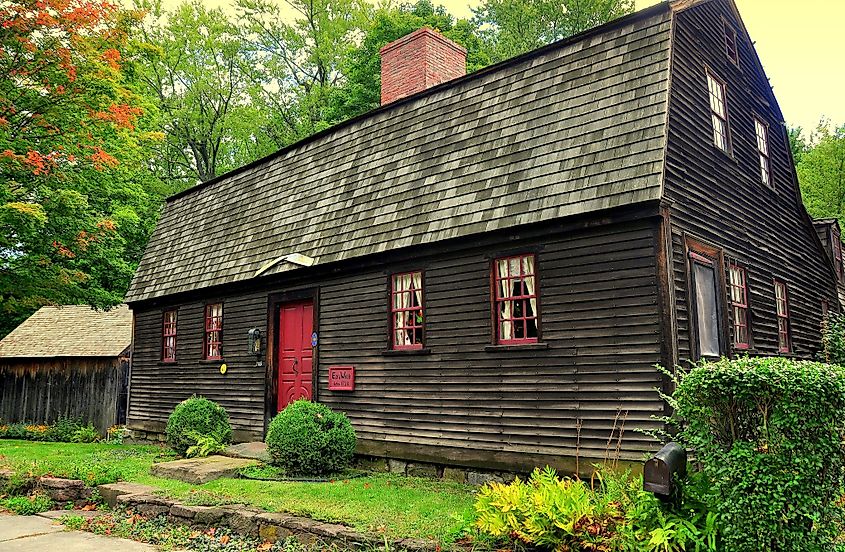
Founded by John Oldham and nine other Watertown, Massachusetts-based Puritan "First Adventurers" in 1634, Wethersfield is widely accepted as the first permanent English settlement in what became Connecticut. Originally named "Watertown," it was legally incorporated as Wethersfield in 1637. The town was crucial to the early colonial government from the start, when it was part of the Fundamental Orders that established representative government without royal decree.
Agriculturally, Wethersfield flourished during the 17th and 18th centuries. Locally known as "Oniontown," it turned into New England's center of red‑onion production and export, shipping enormous quantities to home markets and the Caribbean. Onions were the commodity that sustained the livelihoods of locals and bound the town to transatlantic connections for over a century. Wethersfield also became a hub of early seed commerce: by the early 19th century, companies founded locally, such as Comstock Ferre & Co., pioneered sealed packet seed distribution. This business is still active today, over 200 years later.

Important historical figures had roots here—Silas Deane, a Revolutionary War envoy to France, lived in a Georgian home built in the 1760s on Main Street. That house, along with others that date back to the 18th and early 19th centuries, are now part of a network of preserved properties owned by the Webb Deane Stevens Museum.
Over time, the town shifted away from agriculture and small manufacturing ventures like brickmaking, tanning, and seed packing, toward a light industrial and predominantly residential community. Old Wethersfield boasts over 150 pre-Civil War structures still intact within its historic district, making it Connecticut's largest and oldest preserved village.
Contemporary Wethersfield: Things to See and Do
Even with Wethersfield's incredible history, its centuries of occupation have enabled it to continue evolving and adapting to changing times. The modern town honors its heritage while appealing to visitors of all ages.
Popular Places to Eat
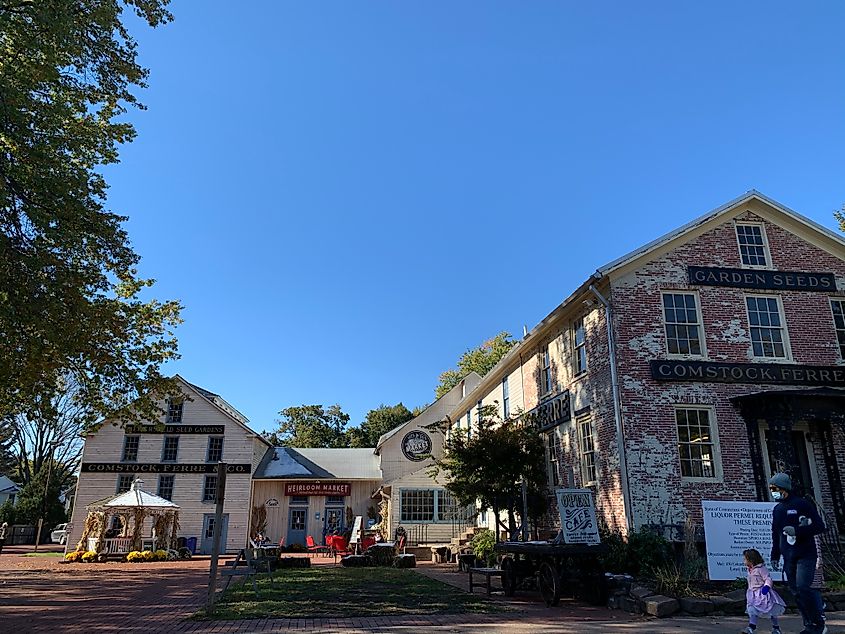
As the oldest town in the state, Wethersfield offers a wide range of culinary options and dining choices to appeal to everyone. At the forefront is The Charles on Main Street, the fine dining flagship recipient of awards as one of Connecticut Magazine's top 2025 Traditional American eateries, where modern American tastes are served in a historic and refined setting. For those who appreciate stunning views, River: A Waterfront Restaurant & Bar features a scenic view of the Connecticut River with prime steaks, fresh seafood, homemade pastas, and upscale cocktails across its multi-level decks.
For a change of pace and dish, stop by the charming 1787 Deming-Standish House to find Lucky Lou's Bar and Grill, which provides hearty contemporary American fare perfect for casual dinners or rustic-inspired gatherings. Last but not least, pizza lovers will find their happy place at Sally's Apizza Wethersfield, a New Haven-style coal-oven restaurant that serves up thin-crust old-school pizzas and Italian-American staples.
Attractions and Historical Sites
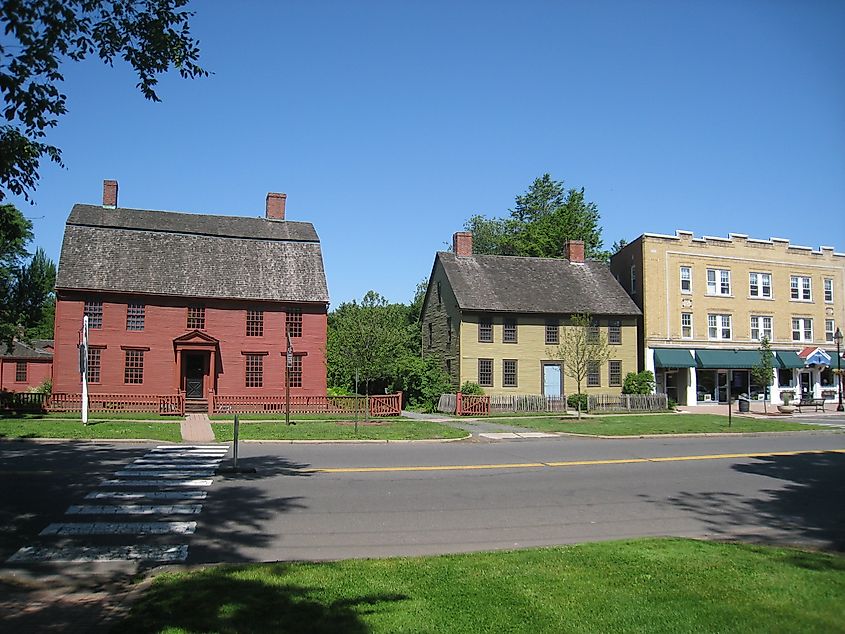
Webb‑Deane‑Stevens Museum is the centerpiece of the Old Wethersfield Historic District. This collection of three restored colonial residences—the Joseph Webb House (1752), the Silas Deane House (1766), and the Isaac Stevens House (1789)—offers extensive tours of life in the Revolutionary era. Silas Deane House is a National Historic Landmark; all three houses are authentically furnished and interpreted to explain 18th‑century domestic life.
Natural Wonders and Scenic Areas
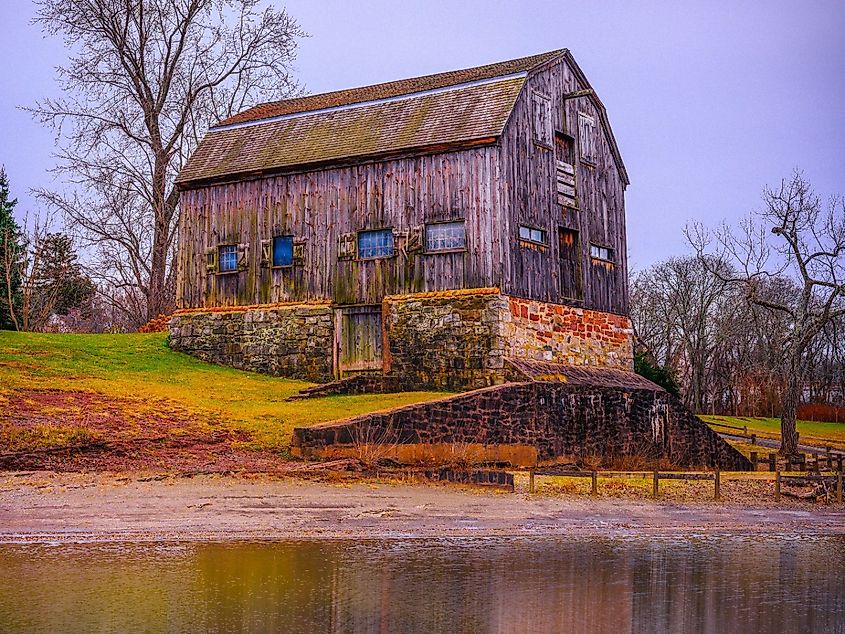
While Wethersfield has evolved through modernization since the 1600s, some beautiful elements have been preserved. Wethersfield Cove and the tranquil riverside trails offer scenic views of the majestic Connecticut River, which beckons visitors for birdwatching, walks, or exhilarating paddle sports during the warmer summer months. Don't miss a visit to the Old Wethersfield Village Cemetery, established in 1638, a place to reflect amid the state's oldest gravestones. The environment here feels old-fashioned and dignified, despite its somberness.
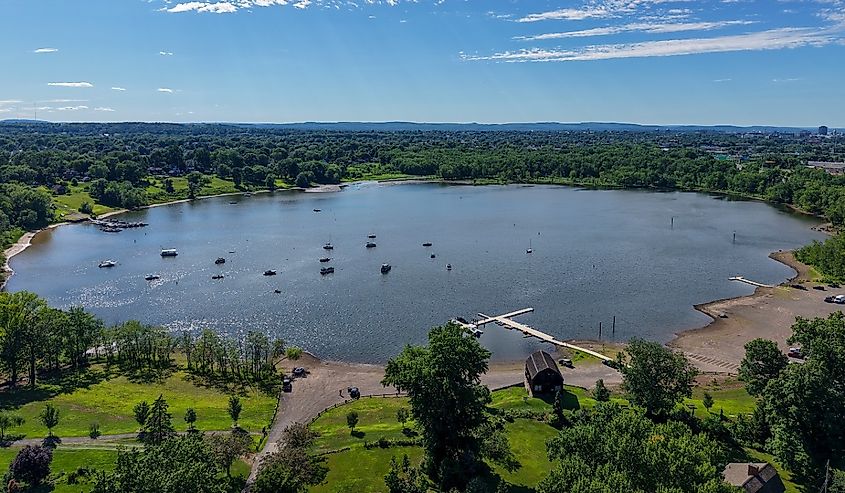
Established in 1634, Wethersfield is Connecticut's oldest surviving English community, years ahead of the official colonies and statehood in 1788. Its history lives on in its former fame as an onion capital exporting around the globe, in seed-packing businesses that shaped horticultural commerce early on, in Revolutionary War negotiations, and in its impact on representative government for the Fundamental Orders of Connecticut in 1639. But the town is no museum. It is a living community that blends centuries‑old architectural beauty with award‑winning dining, riverfront scenery, boutique shopping, and energetic seasonal programs. Visitors today can walk down colonial streets, tour historic homes furnished in period styles, eat fine food with river views, and shop in market cafés in restored historic structures.

